Comparative anatomy:
Study of similarities and differences of animals
Locomotion:
Ability to move
Heterotroph:
Organism that gets energy from eating other life forms
Convergent evolution:
The same trait independently evolving in different species due to the selective pressures of their environment
Tissue:
Collection of cells that perform a certain function.
There are 4 types:

1.Epithelial tissue:
Formed by cells that bind VERY closely together.
They cover organs, line the digestive tract and produce a slippery fluid to let the organs slide over each other instead of building up friction
2.Connective tissue:
Made of fibrous strands of collagen proteins, part of the tissue extends outside the cell
Adds to the support and structure of the body and holds the parts together
3.Muscular tissue:
Made of actin and myosin and a bunch of other proteins
Allows for movement
4.Nerve tissue:
Generates and conducts electrical signals which are managed by nerve tissue in the brain and transmitted to the spinal chord and the rest of the body
Made up of neurons which do the electrical work and glial cells which insulate and support neurons
Organ:
Collection of tissue that perform a specific task
Organ system:
System of organs performing a specific task
Sponges:
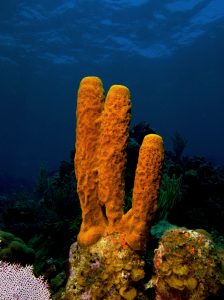
Part of the phylum Porifera
Sponge embryos do not have germ layers
Some cells have flagella , some are amoeba like. The cells can transform into whatever the sponge needs
Cnidaria:
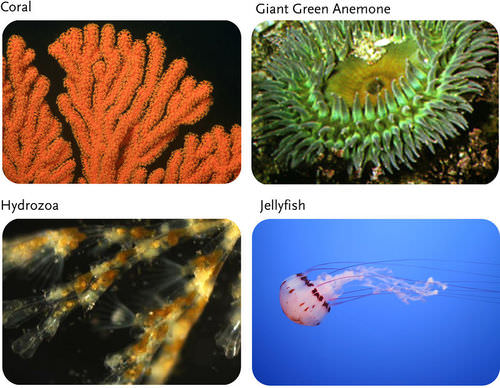
A phylum that includes jelly fishes, hydras, corals, sea anemones
They are diploblastic
They contain stinging cells called cnidocytes
Platyhelminthes:
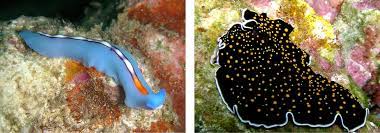
Phylum of soft unsegmented worms including flatworms, planaria, tapeworms and flukes
Oldest phylum containing triploblasts
They are acoelomates
Coelom:
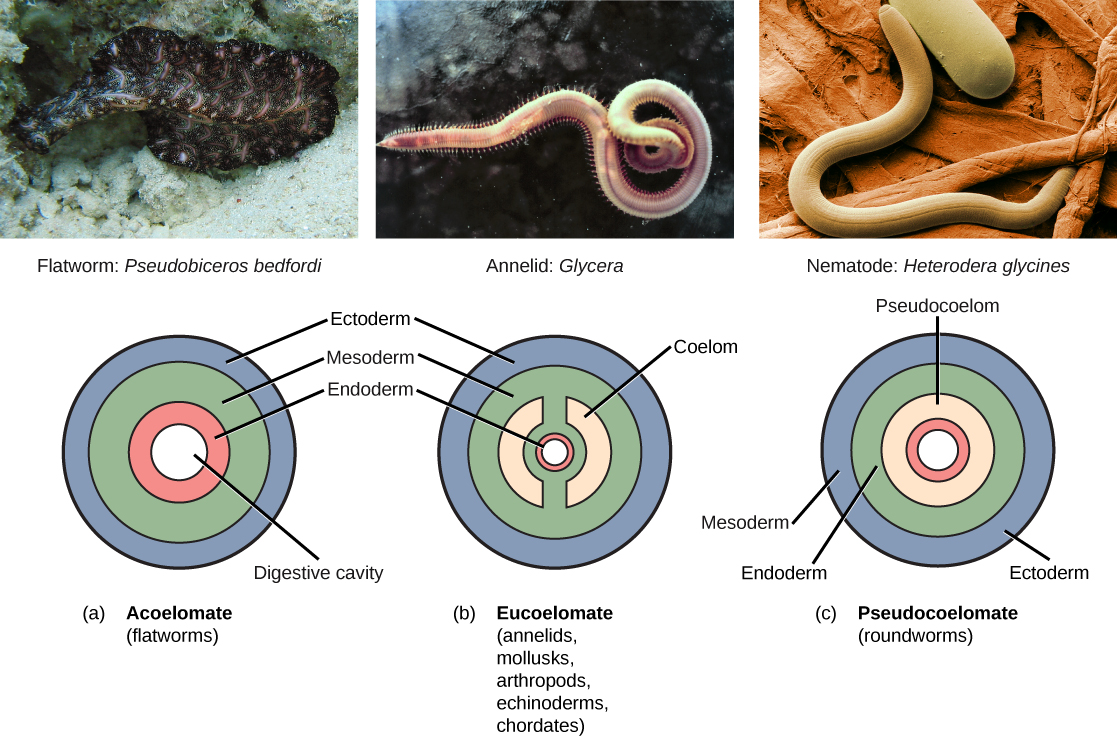
Fluid filled cavity that stores and protects the major organs, part of the mesoderm in some animals
Allows independent movement of organs and provides shock resistance
Nematoda:
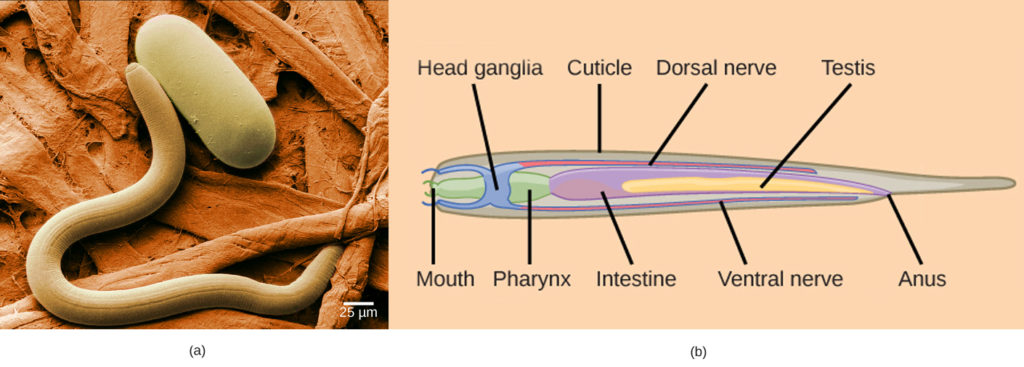
Phylum consisting of unsegmented roundworms
They are pseudo-coelomates {improvised coelomate between mesoderm and endoderm}
Rotifera:
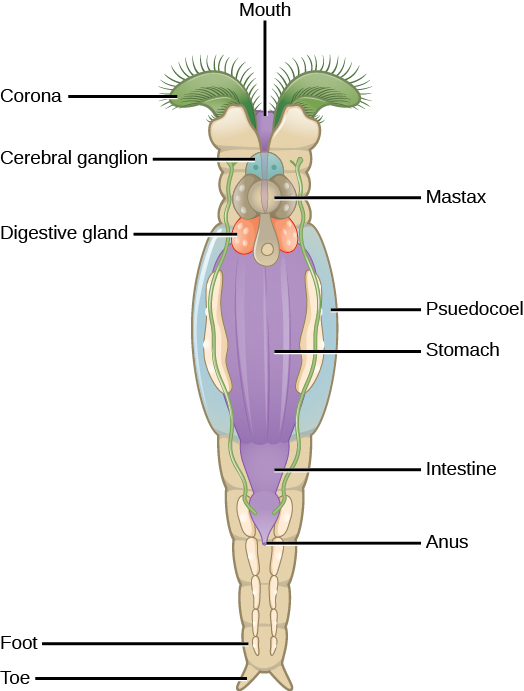
Phylum consisting of tiny filter feeding animals
They are pseudo-coelomates
Mollusca:
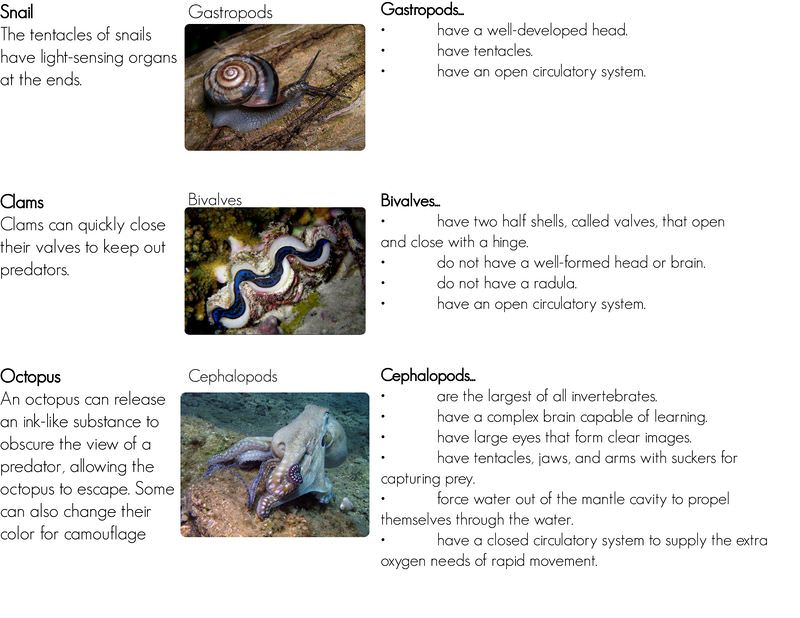
Phylum containing chitons, snails, bivalves , octopi and squids
They contain a coelom (the visceral mass)
They contain a muscular "foot"
They contain a mantle (makes a shell or covers the visceral mass)
Contain a radula which they use to scrape up food (except bivalves)
Chitons:
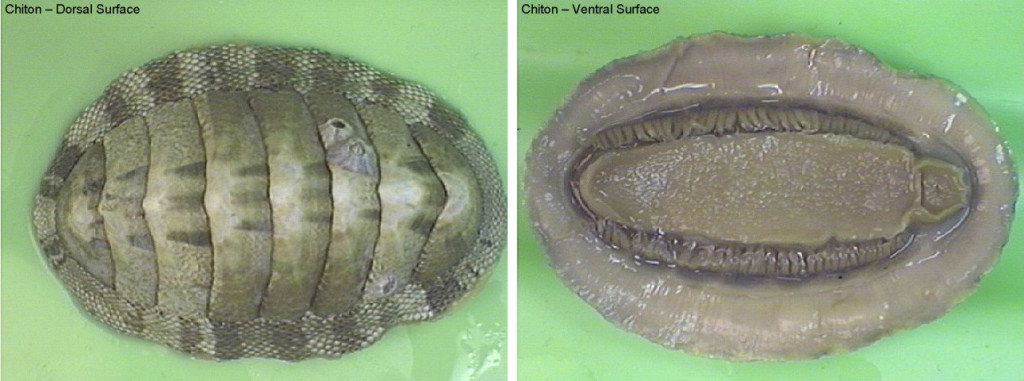
Chitons are headless marine animals covered with a plated shell on one side.
They use their foot to move and scrape off algae with the radula
Bivalves:
Bivalves have shells divided into 2 hinged halves. They are filter feeders
Gastropods:
GastropodsLike snails undergo torsion in which their visceral mass twists to the side during embryonic development and by the end, their anus is above their head.
Most have a single spiralled shell and use their radula to graze on algae and plants.
Cephalopods:
Cephalopods have tentacles used to grab prey and then a beak to bite it and then immobilize with their poisonous saliva
Segmentation:
Repetition of anatomically identical units
Synapomorphy:
Traits that set a group of animals aside from its ancestors and animals sharing the same ancestor
Plesiomorphy:
Trait shared among animals having the same ancestor
Annelida:
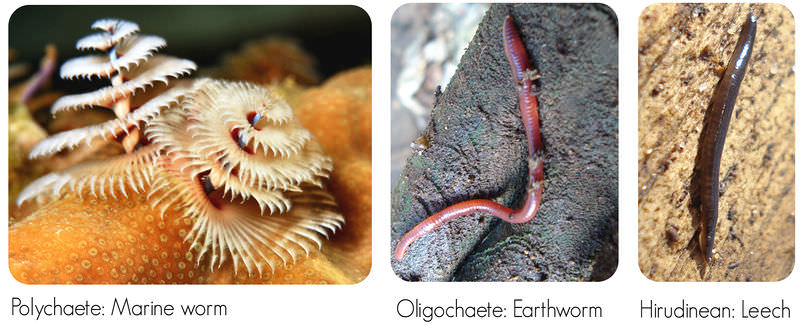
Phylum consisting of leeches , earth worms and lugworms
They have segmentation
Oligochaetes:
Oligochaetes are a class under annelida containing earth worms
They have a few bristles on their body called chaetae which provide traction and aid in movement
Hirudinea:
Hirudinea is a class under annelida containing leeches
They have powerful suckers on both ends, one used to anchor itself and the other to attach to its its
They are carnivorous and hermaphrodites
Polychaetes:
Polychaetes are a class under annelida containing lugworms
They have many chaetae
Arthropoda:
Phylum that includes scorpions, butterflies, lobsters and many more
They have segmentation {usually 3 segments}
They have an exoskeleton made of chitin
They contain paired and jointed appendages
Partial Metamorphosis:
The young(nymphs) look like the adults and undergo a series of molts to get bigger.
This is done by most arthropods
Chelicefromes:
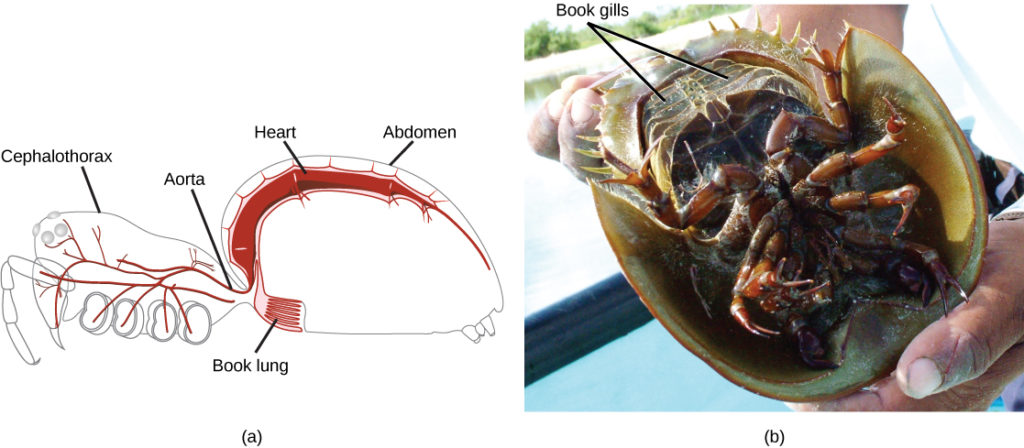
Cheliceriformes are a class under arthropoda that contain arachnids{spiders, scorpions, ticks and mites}, horseshoe crabs
They have simple eyes, lack antennae.
Arachnids have a fused head and thorax segments called a cephalothorax and also have 8 legs and an abdomen
Myriapoda:
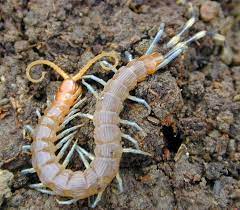
Myriapoda are a class under arthropoda that contain millipedes and centipedes
They are terrestrial, have antennae and jaw like mandibles
Millipedes are herbivorous and centipedes are carnivores that have poisoned claws to paralyse their prey
Hexapoda:
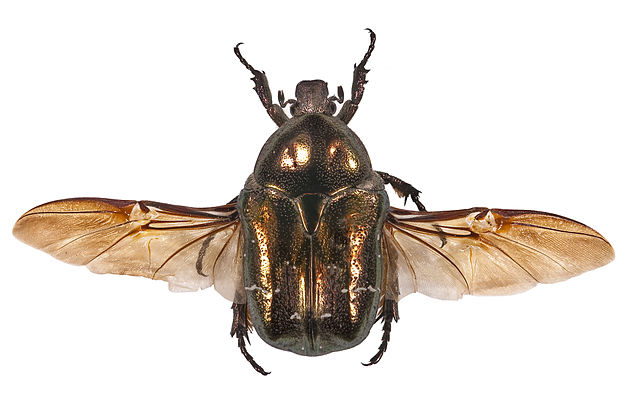
Hexapoda are a class under arthropoda that contain all insects
They have 6 feet , 3 part body {head, thorax and abdomen}, 3 pairs of jointed legs that are attached to the thorax, compound eyes and 2 antennae
Insects are the only arthropods capable of flight, their wings are extensions of the external non cellular layer
Metamorphosis:
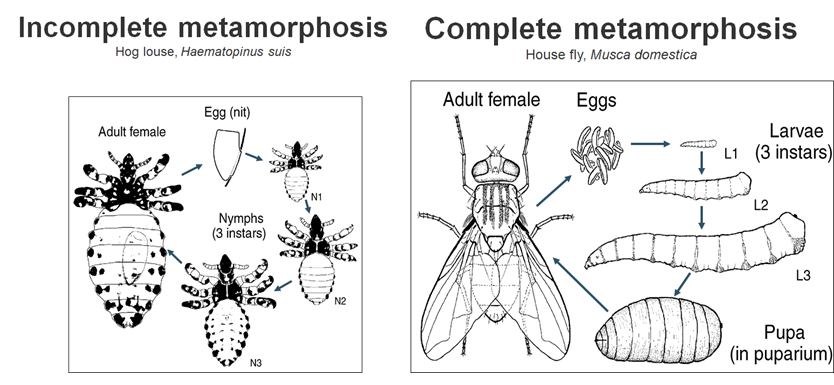
The young(larva) do not look like the adults
The larva consumes food until it builds a case around itself called the pupa and it comes out of the pupa fully grown
Only in insects
Crustacea:
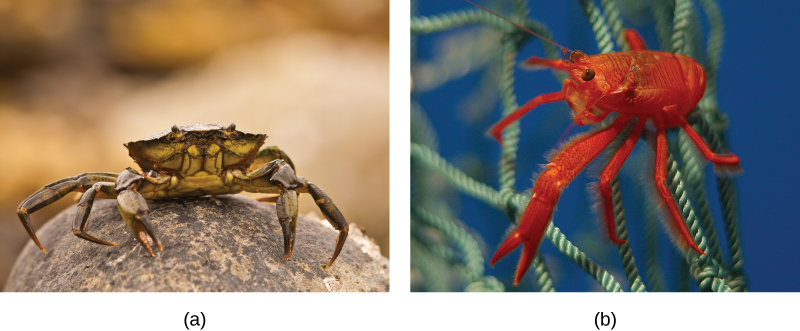
They include crabs,lobsters,shrimps and barnacles.
They have 3 body segments(Head,thorax,abdomen)
Some have a cephalothorax
Most are aquatic
Lobsters and crayfish have 19 appendages
Some shrimp are bioluminescence
Chordata:
All vertebrates and some invertebrates
They have 5 synapomorphies,
The notochord which is a structure made of cartilage that runs from the digestive tract to the nerve cord, in humans it turns into the cartilage between the vertebrae
The dorsal hollow nerve chord which is a tube made of nerve fibers which develops into the central nervous system
Pharyngeal slits which turn into gill slits or filters for feeding
The post anal tail
Endostyle stores iodine, in invertebrates it produces mucus and in vertebrates it turns in to the thyroid gland
Cephalochordata(Lancelets):
Tiny, brainless, invertebrate, filter feeders
Retain all 4 synapomorphies for their entire lives
Urochordata:
Includes sea squirts
The adults have highly developed internal structure including a heart and other organs.
They retain the Pharyngeal slits but lose the other synapomorphies
Vertebrata:
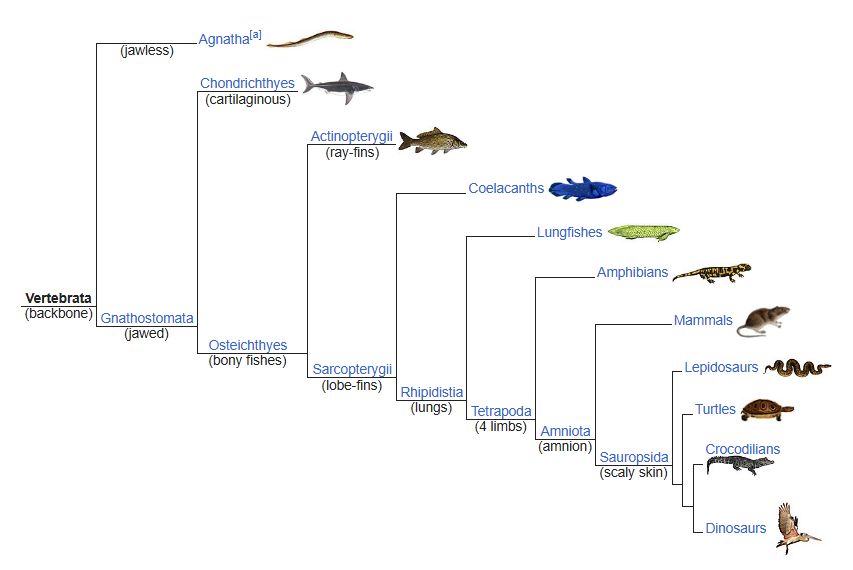
Courtesy:Wikipedia
Have a hard backbone
Craniates:
Vertebrates that contain a brain and a heart with at least 2 chambers
Hag fishes are classified under this as they have a skull(even if they have no backbone)
Petromyzontida(Lampreys):
Have a backbone made of cartilage and more complex nervous system
They and craniates are agnathnas AKA have no jaws
Gnathostomes:
Have a backbone, brain, 2 chambered heart and jaws
Chondrichthyes
Gnathostomes that has a skeleton made of mostly cartilage
Includes sharks, skates and rays
Osteichthyes:
Have a brain, 2 chambered heart, jaws and a mineralized endoskeleton
Actinopterygii:
Also called ray finned fish, contain most species of fish
Evolved in fresh water, spread into the ocean
Sarcopterygii:
Also called lobe-finned fishes
Have bones in their pectoral and pelvic fins
Coelacanths:
Sarcopterygii that do not have lungs.
Rhipidistia:
Sarcopterygii that have lungs
Lungfish
Rhipidistia that do not have 4 limbs
Tetrapoda:
Rhipidistia that have 4 limbs
Gradually replaced their fins with limbs and developed necks
Amphibia:
The first tetrapods were amphibians
They have 3 chambered hearts
Most begin life as tadpoles in water and later develop legs
Their eggs don't have shells so they dehydrate quickly and must be laid in water
Amniota:
Have eggs adapted for life on land
They include reptiles, birds and mammals
Their eggs have an amniotic sac and are often surrounded by a hard shell
Reptilia:
The earliest amniotes were reptiles
They have a 3 chambered heart and are completely terrestrial
These include dinosaurs, snakes, turtle, lizards crocodile and alligators
They are cold-blooded AKA absorb external heat as the main source of body heat
The oldest group of reptiles were the archosaurs which include the dinosaurs, they have 2 surviving lineages,
One evolved into the crocodiles, alligators
The other evolved into the Aves(birds)
Birds:
They can regulate their body heat internally AKA are warm blooded
They have a 4 chambered heart
Mammalia:
They have a 4 chambered heart developed independently of birds
They have hair, 3 special ear bones and mammary glands
The embryo develops inside the mothers body




